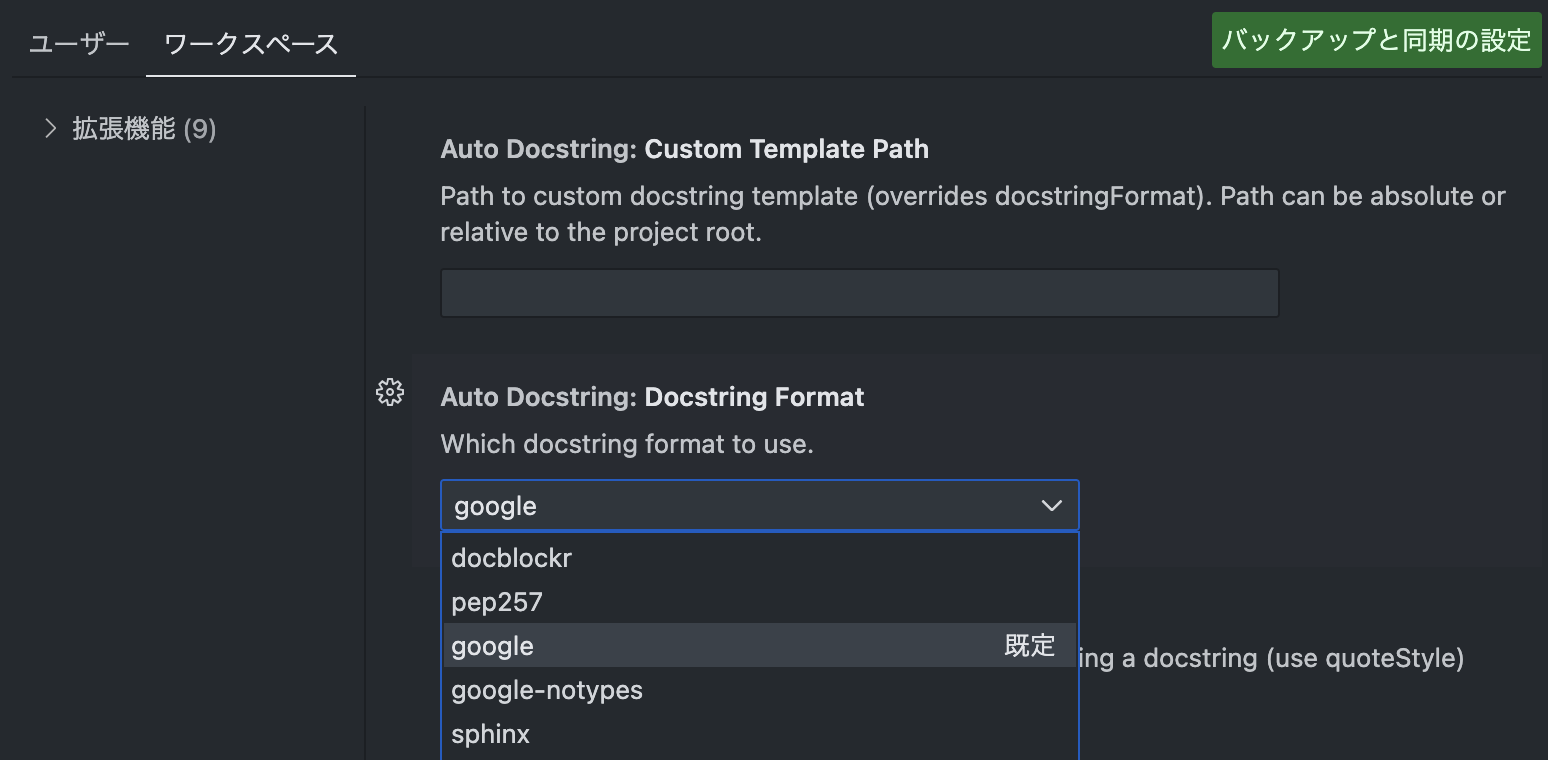In Web Site -evolving regarding software development, code documentation has constantly been a major yet often neglected process. Developers spend the significant portion of their time composing and maintaining paperwork, particularly docstrings—those necessary in-code comments of which explain what some sort of specific function, school, or module will. Despite their value, many programmers locate docstring creation wearisome and time-consuming, top rated to incomplete or perhaps unclear documentation. Enter into Artificial Intelligence (AI) and Machine Studying (ML), technologies that will are revolutionizing signal documentation by robotizing the generation involving docstrings.
This write-up will explore the role of AI-powered docstring generation in transforming code documentation, its advantages, existing tools, challenges, and even the future of machine learning inside software development.
The Importance of Docstrings in Software Advancement
Before diving into the intricacies of AI-powered docstring generation, it’s essential to recognize the critical position that docstrings have fun with in software enhancement. Docstrings serve several purposes:
Clarity: They help developers in addition to future collaborators know the purpose and even functionality of computer code, especially in sophisticated systems.
Maintenance: Extensively researched code is much easier to update in addition to debug. Clear docstrings serve as reference points when adjustments need to be made.
Collaboration: Inside team environments, excellent documentation makes sure that builders can quickly understand and contribute to existing codebases.
Standardization: Many programming different languages like Python, Coffee, and C# adhere to documentation conventions, this sort of as PEP 257 in Python, which often specify how docstrings should be organized.
Despite these benefits, writing good docstrings often takes the backseat to actual coding. This is definitely where AI and machine learning come into play, offering options that can systemize and improve typically the process.
What exactly is AI-Powered Docstring Generation?
AI-powered docstring generation relates to the make use of of machine learning models, particularly natural language processing (NLP) algorithms, to instantly generate docstrings for code. By inspecting the structure and even logic of any item of code, AJE models can make human-readable explanations that will describe its functionality, inputs, outputs, in addition to other key elements.
In its core, AJAI docstring generation will be powered by major language models (LLMs) like OpenAI’s GPT (Generative Pre-trained Transformer) or Google’s BERT (Bidirectional Encoder Diagrams from Transformers). These models are qualified on vast datasets containing both signal and documentation, allowing them to find out patterns and create coherent, context-appropriate docstrings.
How AI Models Work for Docstring Generation
Training on Code Datasets: AI kinds are trained about large repositories regarding code, such while GitHub, Stack Flood, or open-source jobs. This training contains both the signal itself and their accompanying documentation.
Signal Parsing and Knowing: When given some sort of new part of program code, the AI design uses NLP methods to parse and even understand the code’s syntax, logic, plus intent. It analyzes variables, function meanings, return values, in addition to other elements to be able to grasp what the code is doing.
Docstring Generation: Dependent on its knowing, the AI unit generates a docstring that summarizes typically the code’s functionality. It might produce descriptions for functions, methods, guidelines, return values, exceptions, and even add notes or examples if required.
Modification: Some AI gear allow developers to customize the outcome format or construction of the generated docstrings, ensuring of which the documentation adheres to specific project guidelines or code standards.
Key Benefits of AI-Powered Docstring Generation
1. Time Efficiency
One of the most significant advantages of AI-powered docstring generation will be the time saved for developers. Writing in depth docstrings can be a painstaking process, especially for big codebases. Automating this allows developers to pay attention to more critical duties like coding in addition to debugging.
2. Regularity and Standardization
AI-powered tools can guarantee that docstrings follow a consistent file format and abide by specific documentation standards (such as PEP 257 for Python). This leads to solution, more organized documentation throughout the entire codebase, improving readability plus maintainability.
3. Lowering in Human Error
Manual documentation usually suffers from human errors, such as incorrect descriptions, lacking parameters, or outdated information. AI devices, delete word, analyze the particular actual code to be able to generate docstrings, lessening the likelihood associated with errors or absences.
4. Handling Legacy of music Code
Many agencies have large numbers regarding legacy code along with little or no documentation. AI-powered resources can assist fill in the gaps by generating docstrings with regard to older code, generating it easier to take care of and upgrade and never have to reverse-engineer functionality.
five. Supporting New Designers
AI-generated docstrings can serve as educational tools for junior developers or perhaps contributors who are usually unfamiliar with a codebase. Clear, automatically created documentation can aid them understand attributes and modules more quickly, reducing onboarding time.
Current AI Tools for Docstring Generation
Several AI-powered tools have emerged in recent years to facilitate automatic code documentation. Several of the most notable include:
a single. GitHub Copilot
GitHub Copilot, produced by GitHub and OpenAI, is one of the particular most well-known AI-driven code assistants. Besides writing code clips, Copilot can automatically generate docstrings because developers code. By simply analyzing the construction and context in the code, it presents suggestions for docstrings that describe the function, its parameters, and even return values.
two. Kite
Kite is definitely another popular AI-powered coding assistant that will supports various programming languages. It can auto-complete code and create docstrings based on the code’s context. Kite’s AI-driven docstring generation helps ensure that code is accompanied by clear, concise documentation.
3. Codex
Formulaire, another AI magic size by OpenAI, is definitely particularly good at understanding and generating signal in multiple dialects. It can publish docstrings, translate code from one language to a different, and even create complex computer code from natural terminology prompts. Codex acts as the central source for tools such as GitHub Copilot.
some. Pylint-AI
Pylint-AI is surely an extension of the particular popular Python linter, Pylint. It has a build-in AI-powered docstring technology to the linting procedure. It ensures that will docstrings are not only developed but also adapt to Python’s PEP 257 documentation guidelines.
Challenges and Limitations
Although AI-powered docstring technology offers numerous rewards, it is not necessarily without its issues and limitations.
one. Context Knowing
Though AI models can parse code format, they may struggle with understanding complex circumstance or intent behind the code. As an example, AI might not necessarily fully grasp domain-specific common sense, leading to vague or perhaps incomplete docstrings.
a couple of. Quality Control
The quality of AI-generated docstrings can change depending on the complexity of typically the code as well as the dataset used to train the model. In some cases, developers may require to review plus revise the produced docstrings to ensure precision and clarity.
3. Language Obstacles
AI models trained about English-based datasets may have limitations when generating docstrings in other languages or handling non-English code feedback. This can end up being an issue for developers working inside multilingual codebases.
4. Security and Personal privacy Issues
AI kinds like GitHub Copilot have faced criticism for potentially subjecting proprietary or hypersensitive code snippets during the training method. Organizations should be cautious when using AJE tools, especially inside secure environments.
The Future of AJAI in Code Documents
The future involving AI-powered docstring era looks promising mainly because machine learning choices continue to boost in both reliability and context knowing. Every developments we all can expect:
1. Improved Contextual Consciousness
As AI styles evolve, they may likely become much better at learning the much wider context of code, leading to more accurate and descriptive docstrings. This includes dealing with domain-specific logic and capturing the real intent behind program code.
2. Integration with CI/CD Pipelines
AI-driven documentation tools can become a regular part of continuous integration and continuous delivery (CI/CD) sewerlines, automatically generating and updating documentation together with each code devote or change.
3. Multilingual Support
Prospect AI tools might offer better help for generating docstrings in multiple languages, catering to international development teams in addition to multilingual codebases.
four. Customized Documentation Designs
AI tools may well evolve to produce personalized docstrings that will align with particular company or task documentation styles, permitting greater customization and even flexibility.
Conclusion
AI-powered docstring generation is actually a game-changer for software program development. It not really only saves period but in addition ensures uniformity, reduces human problem, helping with legacy of music code maintenance. Because AI models become more sophisticated, typically the quality and context-awareness of generated docstrings will improve, producing them indispensable equipment in the enhancement process. While issues such as framework understanding and privateness concerns remain, the benefits of AI-driven code documentation much outweigh the drawbacks, heralding a long term where developers may focus more about innovation and less on documentation.







Deja una respuesta